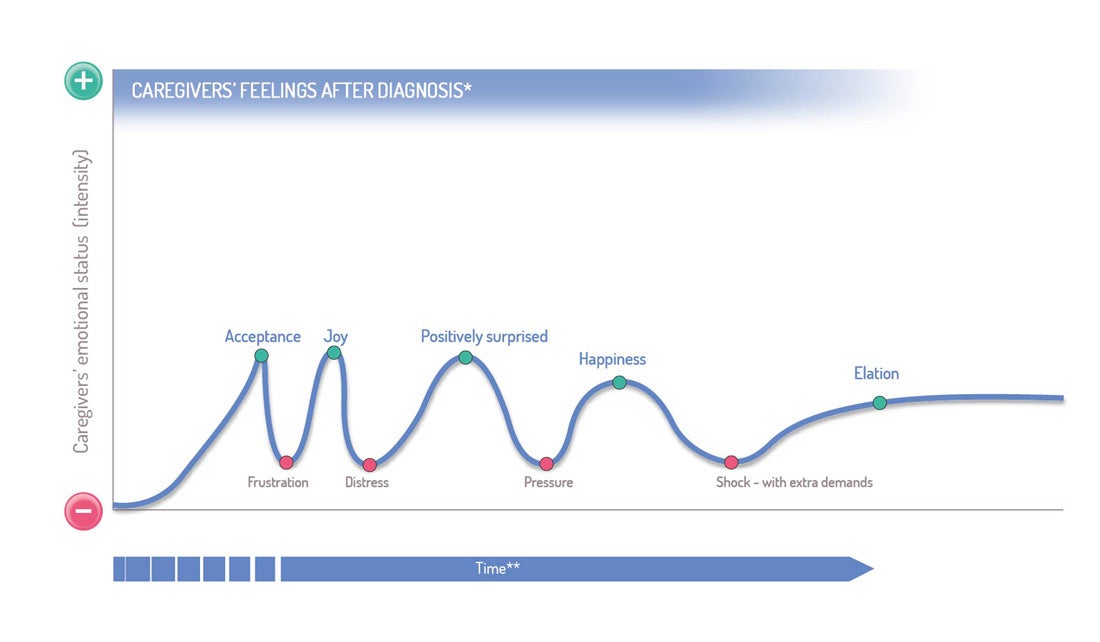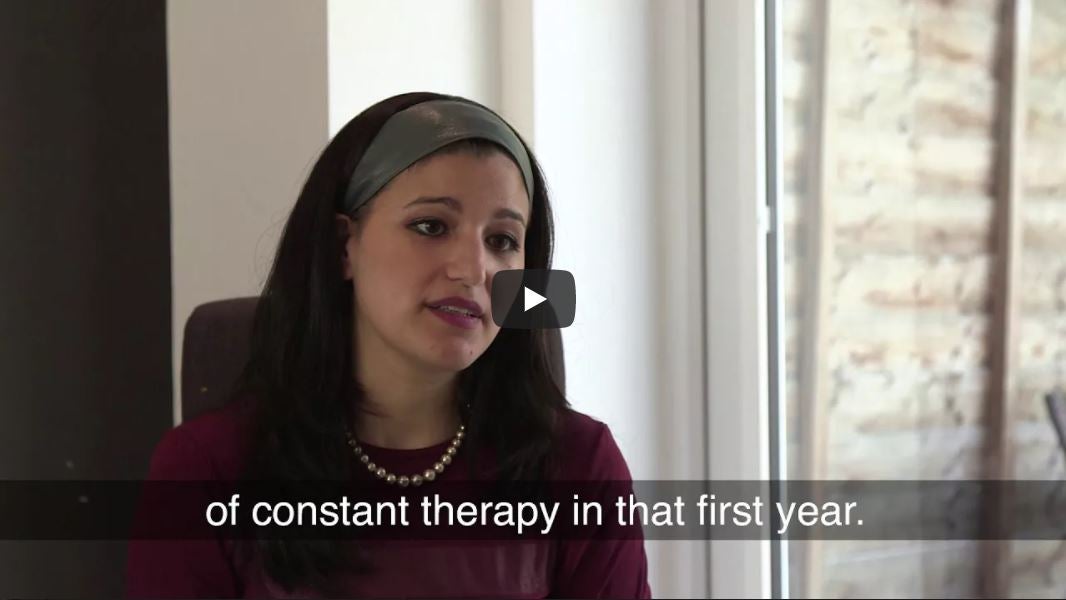Having come to terms with cerebral palsy (CP), caregivers find the small victories intensely encouraging. For instance, they may feel particularly joyful and happy when their child feels calm, eats well and sleeps well.
Challenges, such as bad feeding experiences, illnesses, surgeries and lack of sleep, are still frequent and may cause negative emotions, such as:
Caregivers may suffer when family members, friends and people in their surroundings aren’t completely understanding of their needs and routine.
Caregivers may find it difficult to understand when their child is in pain due to the child’s restricted communication skills.
In certain circumstances, financial consideration may be a huge burden on caregivers and may increase their worries in how to best care for their child.
Caregivers may go through periods of shock again as they are still coming to terms with the extra demands needed to care for a child with CP.

Your support, as well as the support of other colleagues, is extremely important for caregivers and their children all along the journey.
Listen to what Yehoshua’s mum has to say about their therapy journey.

→CHECK THE RECOMMENDATIONS SECTION TO HELP YOU HELP THEM THE BEST WAY YOU CAN